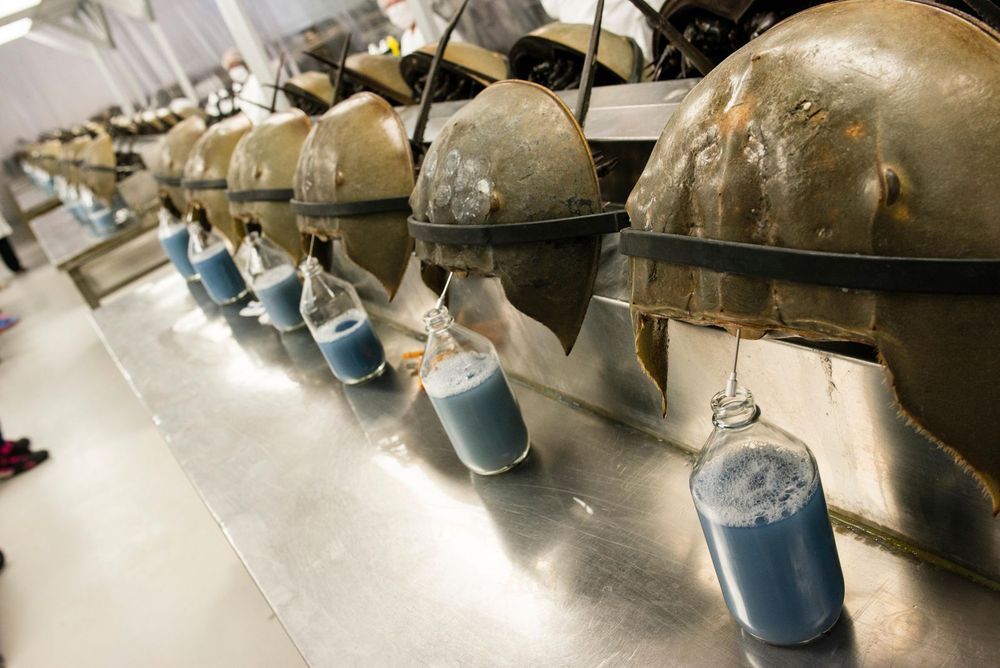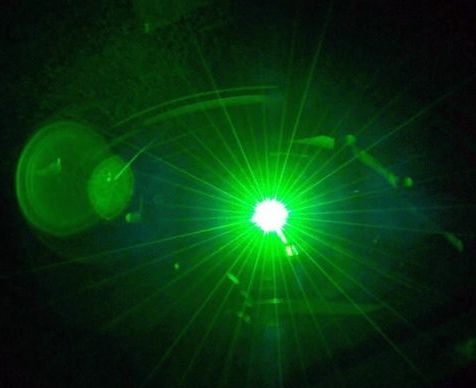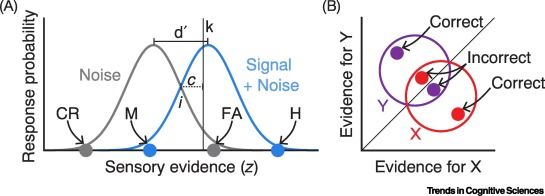It’s the second time Kathy Sullivan has made history, this time with @EYOSExpeditions. #NASA


It’s the second time Kathy Sullivan has made history, this time with @EYOSExpeditions. #NASA

Guessing things are about to get dicey.
Texas reported a record-breaking number of COVID-19 hospitalizations Monday as the governor plans to reopen more businesses and double capacity.
Texas Department of State Health Services figures show 1,935 people were admitted as hospital patients for coronavirus-related treatment. That is up from a previous record of 1,888 on May 5.
The department’s new figures were released as Gov. Greg Abbott moves forward with a plan to open bars, restaurants, amusement parks and other businesses to 50% capacity.

Type: Novel lipid nanoparticle (LNP)-encapsulated mRNA vaccine encoding for a prefusion stabilized form of the Spike (S) protein.
Status: Moderna said May 29 the first patients in both cohorts were dosed in the company’s Phase II trial (NCT04405076) assessing mRNA-1273. The study is designed to evaluate the safety, reactogenicity and immunogenicity of two vaccinations of mRNA-1273, given 28 days apart. plans to enroll 600 healthy participants across two cohorts: 300 adults ages 18–55 years, and 300 ages 55 years and up. Participants will be assigned to placebo, a 50 μg or a 100 μg dose at both vaccinations, and will be followed through 12 months after the second vaccination.



A laser pulse, a special material, an extraordinary property which appears inexplicably. These are the main elements that emerge from a research conducted by an international team, coordinated by Michele Fabrizio and comprising Andrea Nava and Erio Tosatti from SISSA, Claudio Giannetti from the Università Cattolica di Brescia and Antoine Georges from the Collège de France. The results of their study have recently been published in the journal Nature Physics. The key element of the study is a compound of the most symmetrical molecule that exists in Nature, namely C60 bucky-ball, a spherical fullerene.
It is well known that this compound, with the chemical formula K3C60, can behave as a superconductor — that is, conduct without dissipating energy — below a critical temperature of 20 degrees Kelvin, i.e. around −253 degrees Celsius.
It has recently been discovered that K3C60 is capable of transforming into a high-temperature superconductor when struck by an extremely brief laser pulse. This material takes on superconductive properties — albeit extremely briefly — up to a temperature of −73 degrees Centigrade, almost 100 degrees above the critical equilibrium temperature. The research just published by the scientists explains the reason for this mysterious behaviour.



“The state government should consider managing the invasive population of spotted-thighed frogs at Streaky Bay. This should include education programs to inform people about what to do if they find a frog, as well as the feasibility of exterminating the population in South Australia.
“Importantly, if you do see one of these critters in your travels – leave it be. We don’t want it hitchhiking any further.”
Reference: ” Indiscriminate feeding by an alien population of the spotted-thighed frog (Litoria cyclorhyncha) in southern Australia and potential impacts on native biodiversity” by Christine M. Taylor, Gunnar Keppel, Shaun O’Sullivan, Stefan Peters, Gregory D. Kerr and Craig R. Williams, 9 April 2020, Australian Journal of Zoology. DOI: 10.1071/ZO19042

Making rapid decisions on the basis of sensory information is essential to everyday behaviors. Why, then, are perceptual decisions so variable despite unchanging inputs?
Spontaneous neural oscillations have emerged as a key predictor of trial-to-trial
Perceptual variability. New work casting these effects in the framework of models.